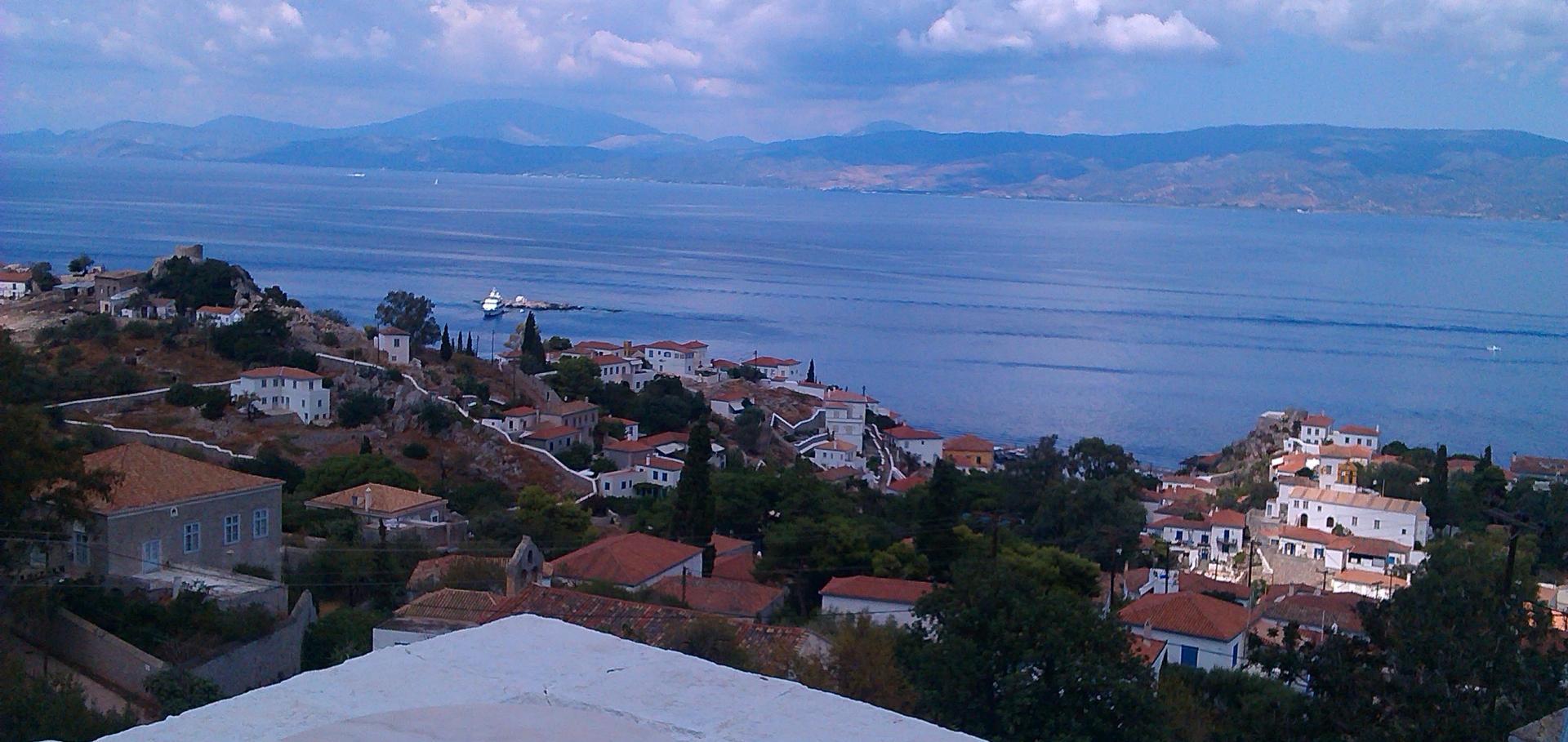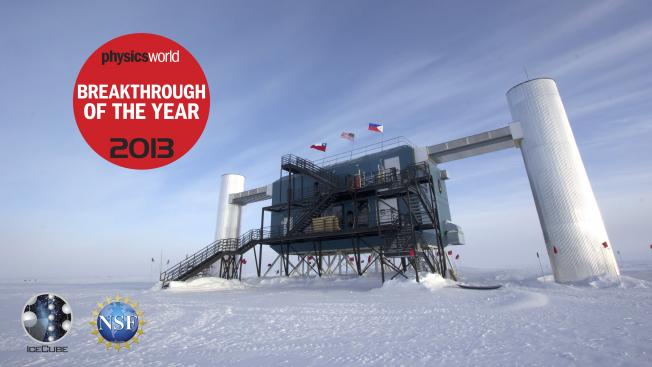First combined search for neutrino point-sources in the Southern Hemisphere with the ANTARES and IceCube neutrino telescopes
Astrophysical Journal IOP Publishing 823:1 (2016)
Abstract:
We present the results of searches for point-like sources of neutrinos based on the first combined analysis of data from both the ANTARES and IceCube neutrino telescopes. The combination of both detectors, which differ in size and location, forms a window in the southern sky where the sensitivity to point sources improves by up to a factor of 2 compared with individual analyses. Using data recorded by ANTARES from 2007 to 2012, and by IceCube from 2008 to 2011, we search for sources of neutrino emission both across the southern sky and from a preselected list of candidate objects. No significant excess over background has been found in these searches, and flux upper limits for the candidate sources are presented for E -2.5 and E -2 power-law spectra with different energy cut-offs.Non-standard neutrino interactions in IceCube
Journal of Physics Conference Series IOP Publishing 718:6 (2016) 062011
Improved limits on dark matter annihilation in the Sun with the 79-string IceCube detector and implications for supersymmetry
Journal of Cosmology and Astroparticle Physics IOP PUblishing 2016:04 (2016) 022-022
Abstract:
We present an improved event-level likelihood formalism for including neutrino telescope data in global fits to new physics. We derive limits on spin-dependent dark matter-proton scattering by employing the new formalism in a re-analysis of data from the 79-string IceCube search for dark matter annihilation in the Sun, including explicit energy information for each event. The new analysis excludes a number of models in the weak-scale minimal supersymmetric standard model (MSSM) for the first time. This work is accompanied by the public release of the 79-string IceCube data, as well as an associated computer code for applying the new likelihood to arbitrary dark matter models.Neutrino oscillation studies with IceCube-DeepCore
Nuclear Physics B Elsevier 908 (2016) 161-177
Abstract:
IceCube, a gigaton-scale neutrino detector located at the South Pole, was primarily designed to search for astrophysical neutrinos with energies of PeV and higher. This goal has been achieved with the detection of the highest energy neutrinos to date. At the other end of the energy spectrum, the DeepCore extension lowers the energy threshold of the detector to approximately 10 GeV and opens the door for oscillation studies using atmospheric neutrinos. An analysis of the disappearance of these neutrinos has been completed, with the results produced being complementary with dedicated oscillation experiments. Following a review of the detector principle and performance, the method used to make these calculations, as well as the results, is detailed. Finally, the future prospects of IceCube-DeepCore and the next generation of neutrino experiments at the South Pole (IceCube-Gen2, specifically the PINGU sub-detector) are briefly discussed.Footprints of Loop I on cosmic microwave background maps
Journal of Cosmology and Astroparticle Physics IOP Publishing 2016:3 (2016) 023



